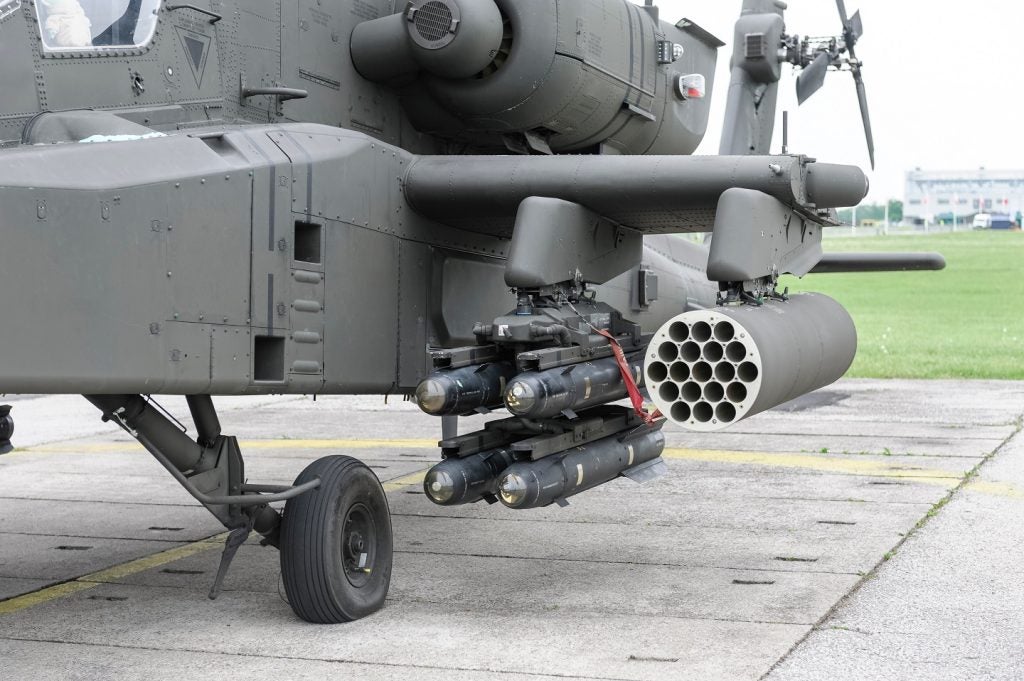The Molynx is a dual-engine unmanned aerial vehicle (UAV) being designed and manufactured by Italy’s Alenia Aeronautica to carry out military and commercial operations. It will also perform intelligence, surveillance and reconnaissance missions.
Flying at a maximum altitude of 13,716m, the UAV will provide its ground station operators with real-time intelligence information.
The Molynx can operate in adverse weather conditions through automatic take-off and landing. It will feature an advanced communication suite that includes a satellite datalink with a command and control station
Molynx UAV design
The Molynx is designed to operate at altitudes above that of civilian aircraft. With an endurance limit of 30 hours, the UAV will be able to monitor the ground for long periods, even in bad weather conditions.
The UAV has been designed to be smaller and cheaper than other aircraft performing similar roles. Its sensors will be suitable for performing different types of land surveillance. The aircraft can monitor atmospheric conditions, pollution, hydrogeology and traffic. It can also carry out archaeological surveys during civil protection operations.
Development
The Molynx programme began in October 2006. It was unveiled as a 1:4 scale model at an exhibition held in Turin, Italy. The programme also includes the development of research centres and small-medium enterprises in Italy’s Piedmont aerospace district. The name ‘Molynx’ is derived from its basic air vehicle (Lynx). Sky-Y will serve as a technology demonstrator for the UAV.
Navigation
The UAV can be controlled either manually from the ground control station (GCS) or autonomously using its on-board components. Automatic launch and recovery system software will land the aircraft safely in the event of a communication failure with the GCS.
Sensors
The electronmagnetic and visible sensors equipped in the aircraft’s nose will include EOST-45 electro-optic, hyper-spectral and infra-red. The electro-optic sensor converts light rays into electronic signals to capture images, real-time data and videos.
The sensors will operate in optical and electromagnetic bands. The EOST-45 is designed and manufactured by Selex Galileo.
Radars
The UAV will feature a synthetic aperture radar (SAR), electronic support measures (ESM) and electronic intelligence systems. The SAR will capture high-resolution images of ground targets using digital technology. The ESM radar will allow the UAV to determine signals emitted from the surrounding radars or vehicles.
Engines
Molynx will be powered by two Alfa Romeo 1.9 or 2.4 JTD diesel engines. Each engine can produce 186kW of power. The UAV will also comprise two rotating propellers.
Ground control system
Processing, retrieving and storing of real-time data will be carried out at the GCS. The imagery and data will be transmitted to the ground station operators through a command and control station via a satellite data link system. Alenia Aeronautica will develop the GCS, while the satellite data link system will be designed and manufactured by Quadrics.
Performance
The Molynx can fly at a maximum speed of 407km/h. It will have a range of 3,500km and a service ceiling of 13,716m. Its maximum endurance will be 30 hours and it will weigh around 2,000kg. Its maximum take-off weight will be 3,400kg. The payload of the aircraft will be 600kg.











